
Staycation – Drake Well Museum & Park – Titusville – 8/16/24
Podcast: Play in new window | Download (Duration: 7:53 — 10.8MB)
Subscribe: Apple Podcasts | Android | Email | RSS
It’s “Staycation Destinations” on Family Life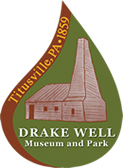
The last week of August marks the anniversary of a milestone that transformed northwest Pennsylvania — and transformed the world.
It was 1859, when “Colonel” Edwin Drake struck oil at his new well south of Titusville. As he and his team developed the infrastructure to drill, store and transport oil, the petroleum industry mushroomed. So did “oil boom” towns throughout the region.
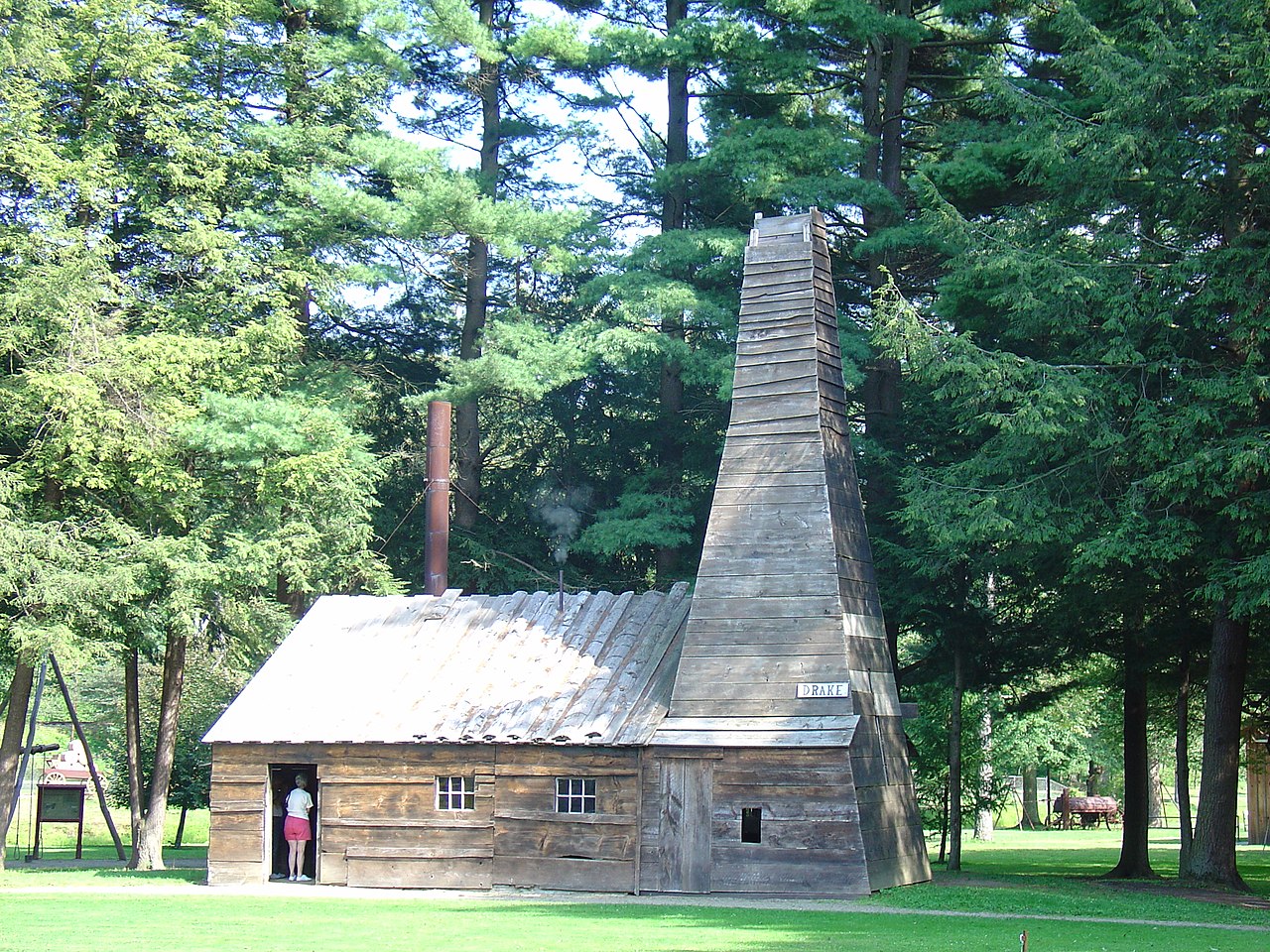 The Drake Well Museum & Park is at the site of that first well. It tells the story of this discovery which directly led to huge changes in the local economy, the world of transportation and so much more.
The Drake Well Museum & Park is at the site of that first well. It tells the story of this discovery which directly led to huge changes in the local economy, the world of transportation and so much more.
Executive Director Emily Weaver tells us about this history and about what modern-day visitors to the site can see at the Drake Well.
 Visitor information about the museum and grounds are available at www.DrakeWell.org. There you can find for about the exhibits, history and upcoming events.
Visitor information about the museum and grounds are available at www.DrakeWell.org. There you can find for about the exhibits, history and upcoming events.
We also have separate podcast-only bonus content, as Emily Weaver gives us a radio tour of a town which went from almost nothing to a population of 15,000 — back to almost nothing. The Friends of Drake Well historical organization has a twin attraction about 20 miles further south: Pithole City.
This extended interview has that story, and information about what visitors can see there too. The biggest annual event there happens in mid-Autumn, the Pithole Lantern Tour.
Listen, download, or share this bonus content here.










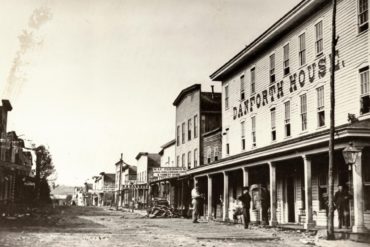
 In the 1860s, Pithole City sprung up and grew to a population of 15,000 as people flooded in there, in an oil-focused version of a gold rush.
In the 1860s, Pithole City sprung up and grew to a population of 15,000 as people flooded in there, in an oil-focused version of a gold rush.

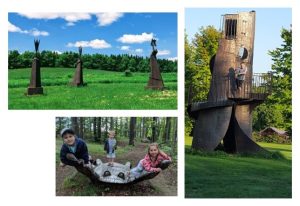
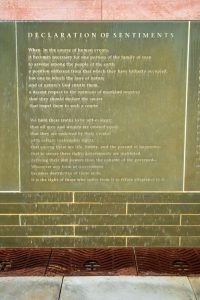





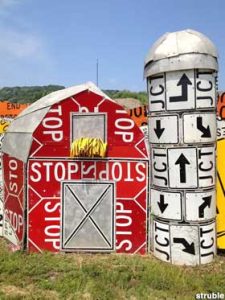


 This summer marked the opening of a major expansion of The Strong, with 90 thousand new square feet, expanding exhibit space and a welcome area, plus a new outdoor interactive play area. Shane Rhinewald gives us details about what is new. He also describes the history and development of the
This summer marked the opening of a major expansion of The Strong, with 90 thousand new square feet, expanding exhibit space and a welcome area, plus a new outdoor interactive play area. Shane Rhinewald gives us details about what is new. He also describes the history and development of the 



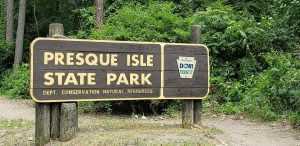

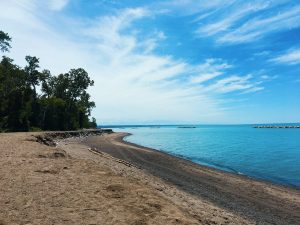
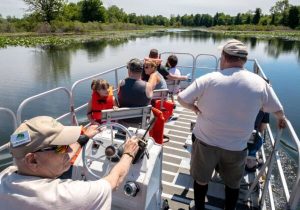
 This weekend’s Side Trip Suggestion:
This weekend’s Side Trip Suggestion:



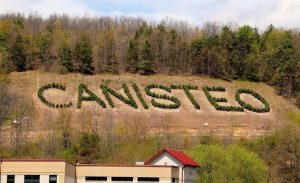 “The largest living sign” in the world is in New York State’s Southern Tier. That is what Robert Ripley (of “Believe It or Not!” fame) called the arrangement of 260 Scotch Pine trees on a hillside behind the Canisteo-Greenwood School at Canisteo, NY. The name of the community first was spelled out in this way by students and their teachers as a school project in 1933.
“The largest living sign” in the world is in New York State’s Southern Tier. That is what Robert Ripley (of “Believe It or Not!” fame) called the arrangement of 260 Scotch Pine trees on a hillside behind the Canisteo-Greenwood School at Canisteo, NY. The name of the community first was spelled out in this way by students and their teachers as a school project in 1933. 